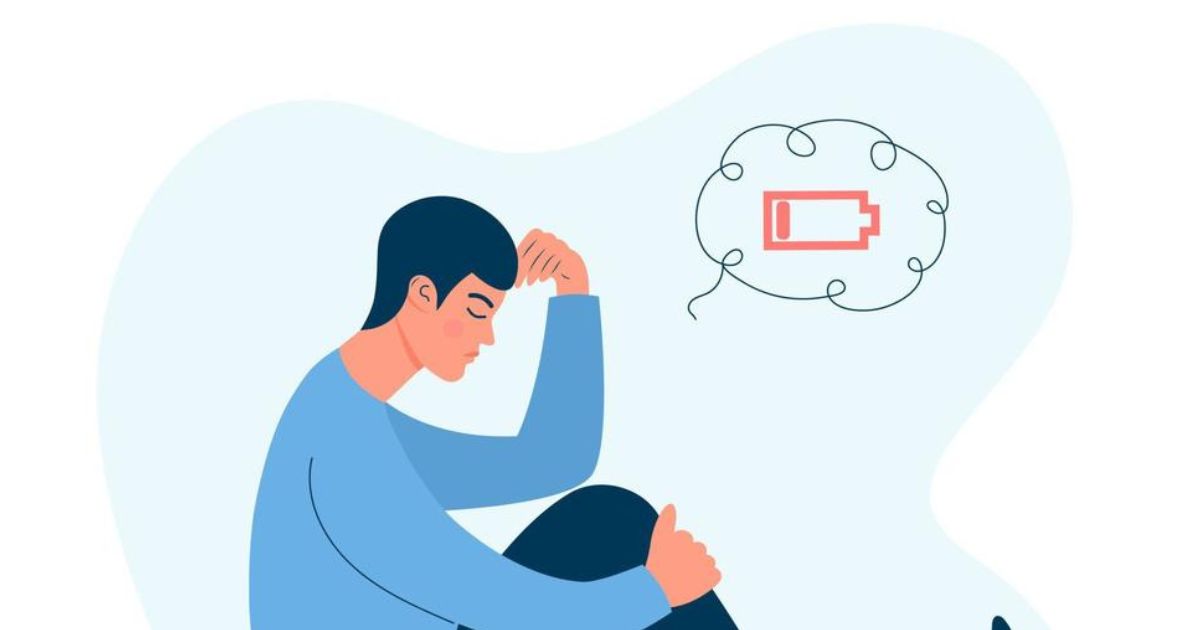In the fast-paced world of the 21st century, the term “burnout” has become increasingly prevalent, reflecting the toll that constant stress and demanding work environments can take on individuals.
Burnout is not an abrupt occurrence but rather a slow progression through distinct stages, each with its own set of challenges and symptoms. Understanding these stages is crucial for individuals to recognize and address burnout before it becomes debilitating. Let’s delve into the stages of burnout progression and shed light on this often-overlooked aspect of mental health.
Understanding Stages of Burnout Progression
Burnout, often triggered by continuous work without breaks, sleep deprivation, or becoming a workaholic, manifests not only physically but also emotionally and mentally. It goes beyond the visible signs and symptoms, and its impact can intensify over time. Recognizing the subtle progression of burnout is essential for fostering awareness and encouraging proactive mental health practices.
Stage 1: The Honeymoon Phase
The journey begins with what is known as the “honeymoon” phase. At this stage, there are no overt signs of burnout. Individuals experience heightened energy levels and enthusiasm for their work or roles. The passion is palpable, leading some to voluntarily take on extra responsibilities and work hours. The honeymoon phase may feel invigorating, but it sets the stage for what lies ahead.
Stage 2: Onset of Stress
As the initial excitement wanes, the onset of stress marks the second stage. Job demands start to exceed expectations, and feelings of stagnation become apparent. There is a shift from consistently good days to a mixture of good and bad days. On the challenging days, stress, fatigue, and a sense of exhaustion start to creep in, signaling the beginning of burnout.
Stage 3: Chronic Stress Takes Hold
Moving into the third stage, burnout becomes more chronic. Frustration intensifies, and stress becomes a constant companion. Performance and productivity may start to decline, accompanied by a feeling of powerlessness and hopelessness. A critical sign of chronic burnout is the emergence of self-criticism, cynicism, resentment towards others, and an overall sense of apathy.
Stage 4: The Full Embrace of Burnout
The fourth stage marks the full embrace of burnout. Symptoms become more pronounced, including increased apathy, heightened cynicism, a pervasive sense of hopelessness, and profound fatigue. This stage is crippling, representing a culmination of unaddressed burnout from the earlier phases. Rather than improving, the symptoms exacerbate, revealing the toll of prolonged stress and neglect.
Stage 5: Habitual Burnout Takes Root
The final stage is termed “habitual burnout,” where individuals become accustomed to the perpetual state of burnout. Mental and physical fatigue become habitual, accompanied by feelings of sadness and depression. This stage reflects a long-term neglect of mental health, where burnout becomes a persistent aspect of daily life.
Understanding the nuanced stages of burnout progression is the first step toward breaking the cycle. Addressing burnout requires a proactive approach, including regular self-assessment, prioritizing mental health, and recognizing the importance of seeking support when needed.
By fostering a culture that values mental well-being, individuals and organizations can work together to prevent burnout and promote a healthier, more sustainable approach to work and life.
In an era dominated by relentless schedules and constant connectivity, acknowledging the stages of burnout progression is an imperative step toward creating a resilient and balanced workforce. Let this awareness serve as a beacon, guiding individuals to prioritize their mental health and embark on a journey toward well-being.








Leave a Reply
You must be logged in to post a comment.